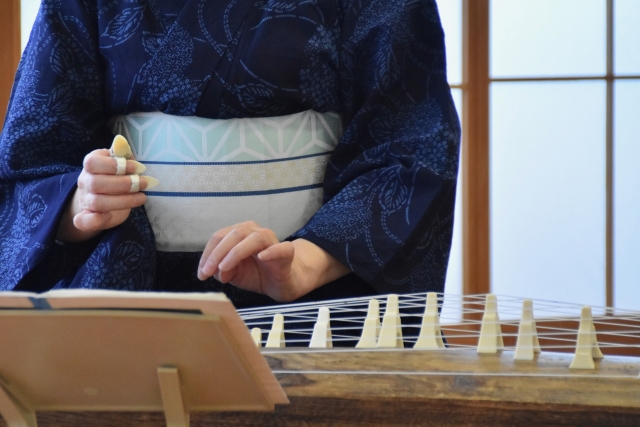When you saw this title, what did you think this article would be about?
Is there a legend about dragons and sou-no-koto?
(In the following text, “sou-no-koto” will be referred to as “Koto”.)
No, it is a little different.
In this article, we will explain the names of each part of the koto.
As you may have guessed with all these information, each part of the koto is named after a dragon, a legendary animal in Chinese folklore.
The following is a brief explanation of these parts, which are named by comparing the whole body of the koto to the body of a dragon.
“Ryutou”(dragon’s head): the tip of the right side of the koto as seen from the player
”Ryubi”(dragon’s tail): The part where the excess yarn is wound around after tightening.
“Ryuhuku”(dragon’s belly): back side of the instrument
“Ryukou”(dragon’s back): the surface of the instrument
There are also other parts named “Ryukaku”(doragon’s horn) and “Ryugan” (dragon’s eye).
There is a theory that the reason why each part of the koto is often named after a dragon is because the shape of the koto was thought to resemble a reclining dragon.
Does this explanation make the koto look more and more like a dragon?


